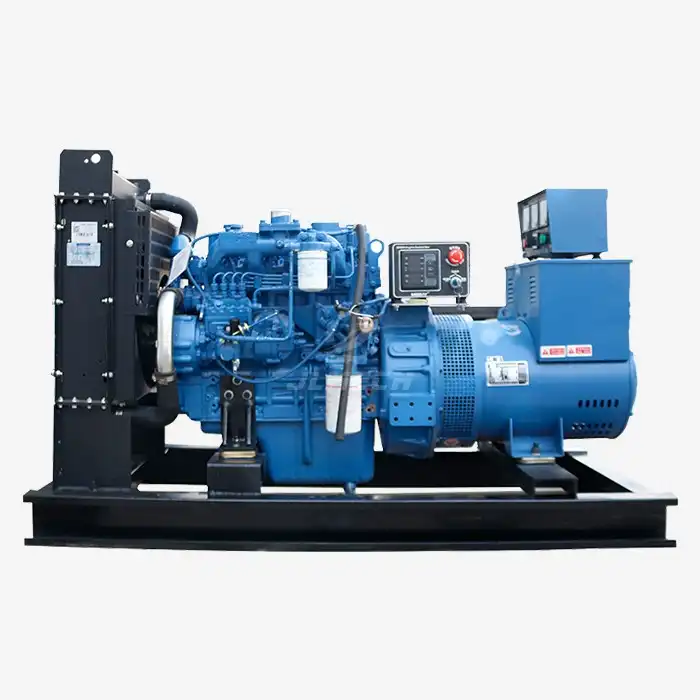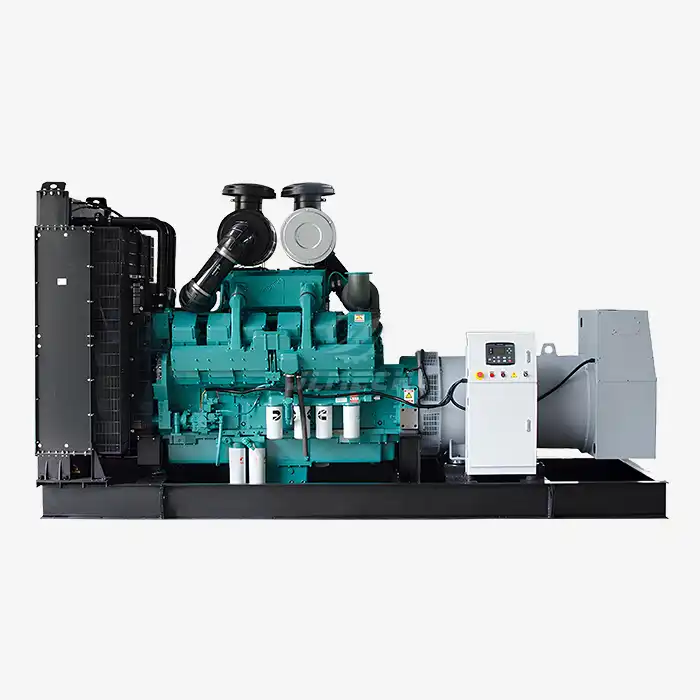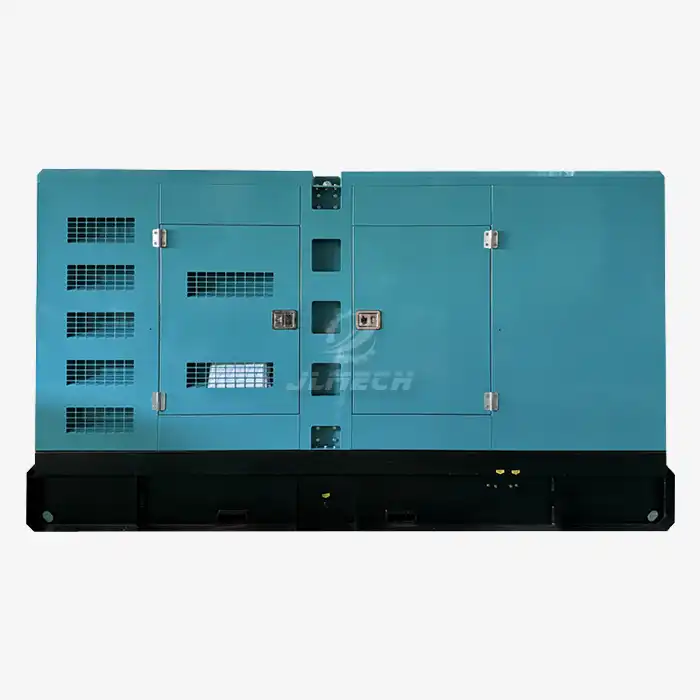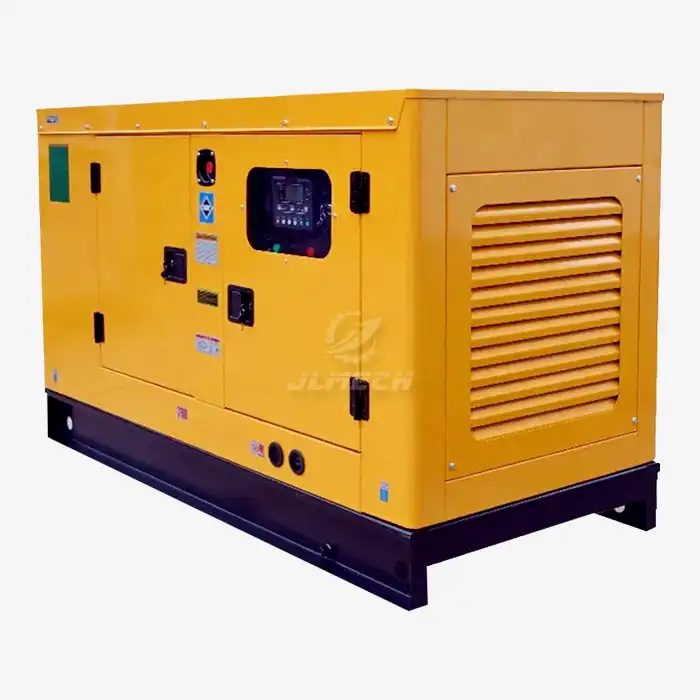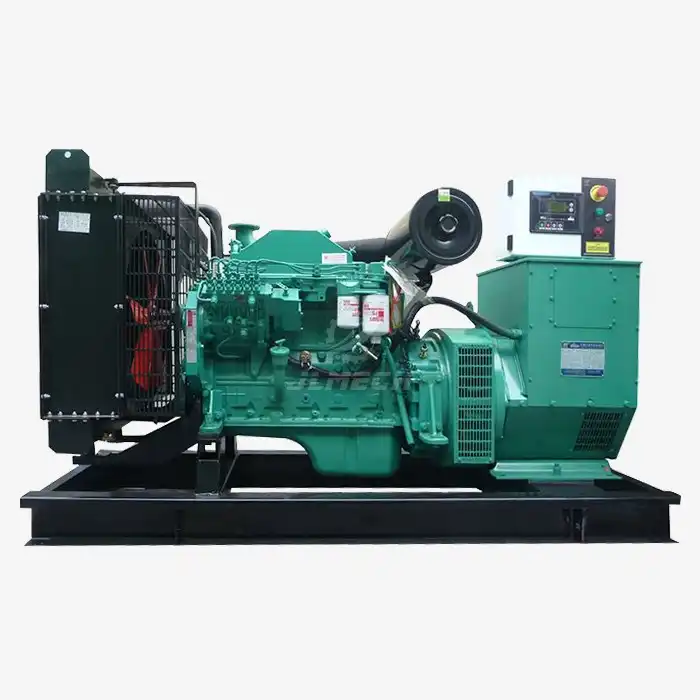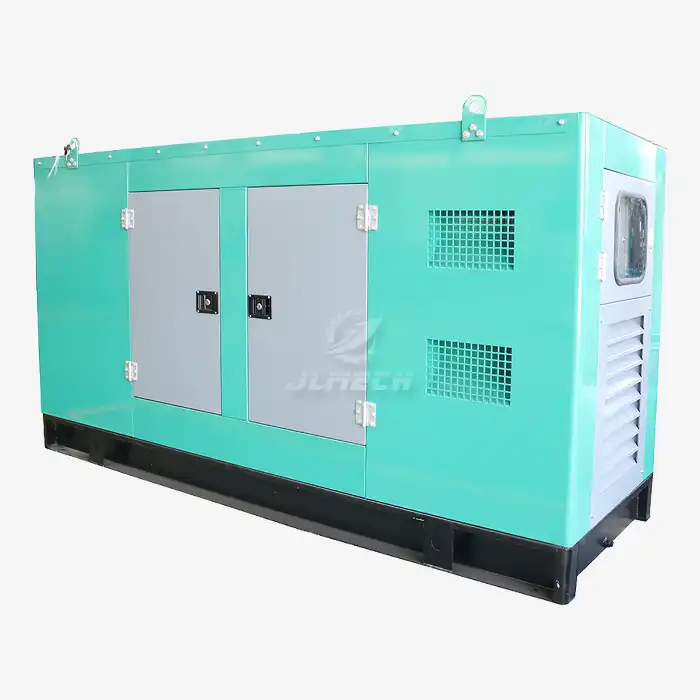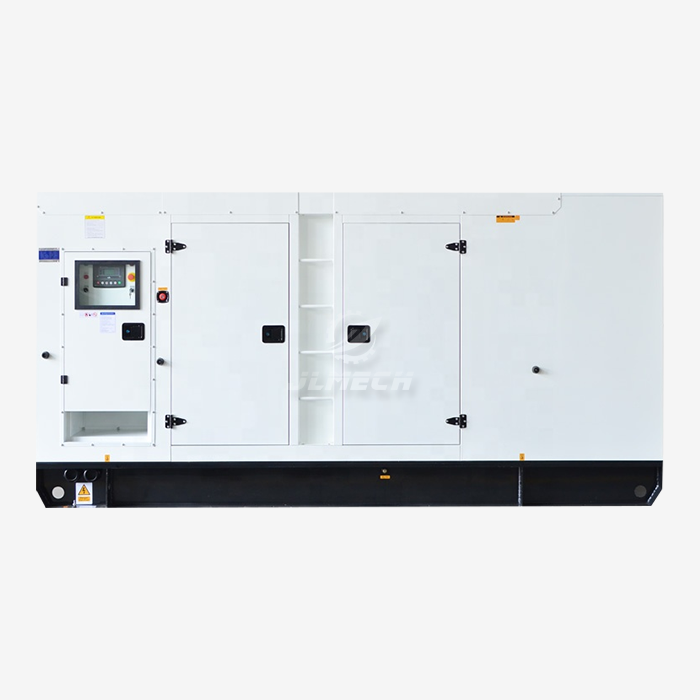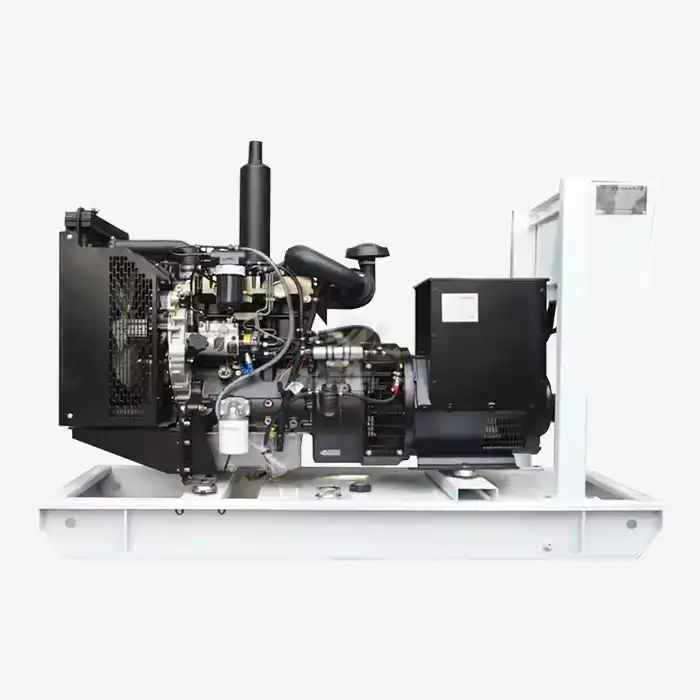What controls the governor on a generator?
In the world of power generation, consistency is king. Whether you're operating a critical healthcare facility, a manufacturing plant, or a commercial building, maintaining a stable electrical frequency is non-negotiable. At the heart of this stability lies the often-overlooked but vital component: the generator governor. This sophisticated control system is responsible for regulating your generator's engine speed, directly influencing the frequency and reliability of your power supply. Understanding what controls and influences the generator governor is essential for ensuring optimal performance, preventing costly downtime, and protecting your equipment from damage caused by speed instability.

Fundamental Working Principle
The generator governor operates on a simple yet effective feedback control loop. Its primary mission is to maintain a constant engine speed despite fluctuating electrical loads.
Speed Sensing: The governor continuously monitors the actual rotational speed of the generator's engine.
Comparison to Setpoint: It compares this measured speed against a pre-defined desired speed setpoint.
Calculated Response: If a discrepancy is detected, the governor calculates the necessary corrective action.
Fuel Actuation: It then commands the fuel system to increase or decrease the fuel supply to the engine.
Speed Drops (Under Load): When a new load is applied, causing engine speed to dip, the generator governor signals for more fuel to increase power output and restore speed.
Speed Rises (Load Shed): When load is removed, causing engine speed to surge, it reduces fuel to bring the speed back to the setpoint.
This continuous process of monitoring and adjustment happens in real-time, ensuring your generator's output frequency remains within a tight tolerance .
Core Control Inputs and Signals
The governor's decisions are driven by a combination of internal commands and external signals that form the backbone of its control logic.
Speed Setpoint: This is the fundamental reference value, typically 1500 RPM for 50 Hz systems or 1800 RPM for 60 Hz systems, representing the target speed for stable frequency output.
Actual Speed Feedback: Obtained from a magnetic pickup sensor or an encoder on the engine's crankshaft, this is the real-time data on which the governor acts.
Load Demand Anticipation: In more advanced systems, the governor can receive early signals from the control system about impending load changes, allowing it to pre-emptively adjust and improve response time.
System Frequency: In grid-parallel operations, the governor adjusts the engine's power output to share load proportionally with other generators, using frequency as a key indicator .
Types of Governor Control Systems
The technology behind governor control has evolved significantly, offering different levels of precision and functionality.
Mechanical-Hydraulic Governors: These are traditional systems that use flyweights to sense speed changes mechanically. The movement is then hydraulically amplified to adjust the fuel rack. They are robust but generally less accurate and slower to respond than modern alternatives.
Electronic Governors: This is the current standard for most industrial applications. They use electronic sensors for speed detection and a dedicated control unit to process the signals.
Control Unit: The brain of the operation, often employing a PID (Proportional-Integral-Derivative) control algorithm to compute precise adjustments .
Actuator: An electric or electro-hydraulic device that converts the control unit's electronic commands into physical movement of the fuel injector rack or throttle valve.
Digital Governors: These represent the pinnacle of control, using microprocessor-based units. They offer superior accuracy, programmability, and the ability to integrate with complex network controls and data logging systems, facilitating advanced functions like isochronous load sharing .
Advanced Control Strategies
To enhance performance under challenging conditions, modern governors incorporate sophisticated control strategies.
PID Control (Proportional-Integral-Derivative): This is the most common control algorithm.
Proportional (P): Provides an immediate response proportional to the speed error.
Integral (I): Eliminates steady-state speed droop by correcting for small, persistent errors over time.
Derivative (D): Anticipates future speed errors based on their rate of change, damping out oscillations and improving stability .
Isochronous Control: This mode maintains a constant speed regardless of load, ensuring zero frequency droop. It is essential for applications requiring tight frequency tolerance.
Droop Control: Used when multiple generators are running in parallel, this mode allows a slight, predictable drop in speed as load increases. This allows each generator to pick up its proportional share of the total load stably .
Fuzzy Logic Control: For highly non-linear systems, some advanced governors use fuzzy logic algorithms, which are less dependent on precise mathematical models and can offer superior robustness against system disturbances and parameter variations .
Integration with Protection Systems
A generator governor does not operate in isolation. It is a critical part of the generator's overall protection and management ecosystem.
Overspeed Protection: This is the governor's primary protective function. If the engine speed exceeds a safe maximum threshold, the governor will cut off fuel to prevent catastrophic mechanical failure.
Underspeed Detection: It also monitors for severe underspeed conditions, which can indicate an overload or engine fault.
Reverse Power Protection: In parallel operation setups, the governor works in tandem with protection relays to trip the generator if reverse power flow is detected, protecting it from becoming a motor .
Interface with Controller: Modern generator controllers (like the GU620A) provide a user interface for setting parameters and display real-time governor data, such as speed, load, and status, enabling comprehensive system monitoring .
Factors Influencing Governor Performance
Several external and internal factors can impact how effectively a governor performs its duty.
Engine Response Time: The lag between a fuel command and the engine's actual power output affects the governor's tuning.
Load Characteristics: The size, type (especially motor starting), and rate of load changes directly challenge the governor's ability to maintain stability.
Fuel System Quality: Clean fuel and properly functioning injectors are crucial. Clogged filters or faulty injectors can cause sluggish response and make the governor's job difficult.
Control System Calibration: Proper tuning of the PID gains is critical. Incorrectly tuned parameters can lead to hunting (continuous speed oscillation) or a slow, drooping response .
Maintenance and Calibration
To ensure long-term reliability and accuracy, the governor system requires periodic attention.
Regular Testing: Governors should be tested regularly by applying and removing loads to verify their response and stability.
Sensor Checks: Speed sensors and their wiring should be inspected for damage or looseness, as faulty signals will lead to incorrect control actions.
Actuator Inspection: The actuator and its mechanical linkages should be checked for freedom of movement and wear.
Software Updates: For digital governors, keeping the control firmware up to date ensures access to the latest performance improvements and features.
Professional Calibration: Over time, recalibration may be necessary to maintain precision, a task best performed by qualified technicians.
Conclusion
The generator governor is a marvel of engineering control, transforming a simple engine into a stable and reliable power source. It is governed by a sophisticated interplay of setpoints, sensor feedback, and advanced control algorithms like PID. From basic mechanical systems to intelligent digital controllers, the evolution of governor technology continues to enhance the performance and reliability of generator sets. Understanding the inputs, controls, and factors that influence your generator governor is key to ensuring your power supply remains steady under all operating conditions.
Our team of experts is ready to help you select, maintain, and optimize the governor system for your specific power generation needs. For professional guidance and reliable generator solutions, please contact us at skala@whjlmech.com.
References
Littelfuse. (2013). T4800 Load Sharer Manual .
Journal of Control Theory and Applications. (1996). Fuzzy Logic Controller of Generator Governor .
International Conference on Energy, Environment and Sustainable Development. (2012). Analysis of Performance of Several Types of Classical Controller in Automatic Generation Control .
Cheng, P. (1992). Performance Analysis of Marine Diesel Engine's Governor System During Load Variation and Development & Application for Electronic Governor System. National Cheng Kung University .
Baidu Baike. (2025). GU620A Generator Set Controller .
Baidu Baike. (2025). Watt's Speed Governor .
Electro-Technical (Shanghai) Electronics Co., Ltd. (2022). Introduction to Hydroelectric Governor Systems .
Nayak, S.K., Gaonkar, D.N., & Shivarudraswamy, R. (2011). Fuzzy Logic Controlled Microturbine Generation System for Distributed Generation. International Conference on Advances in Energy Engineering .



